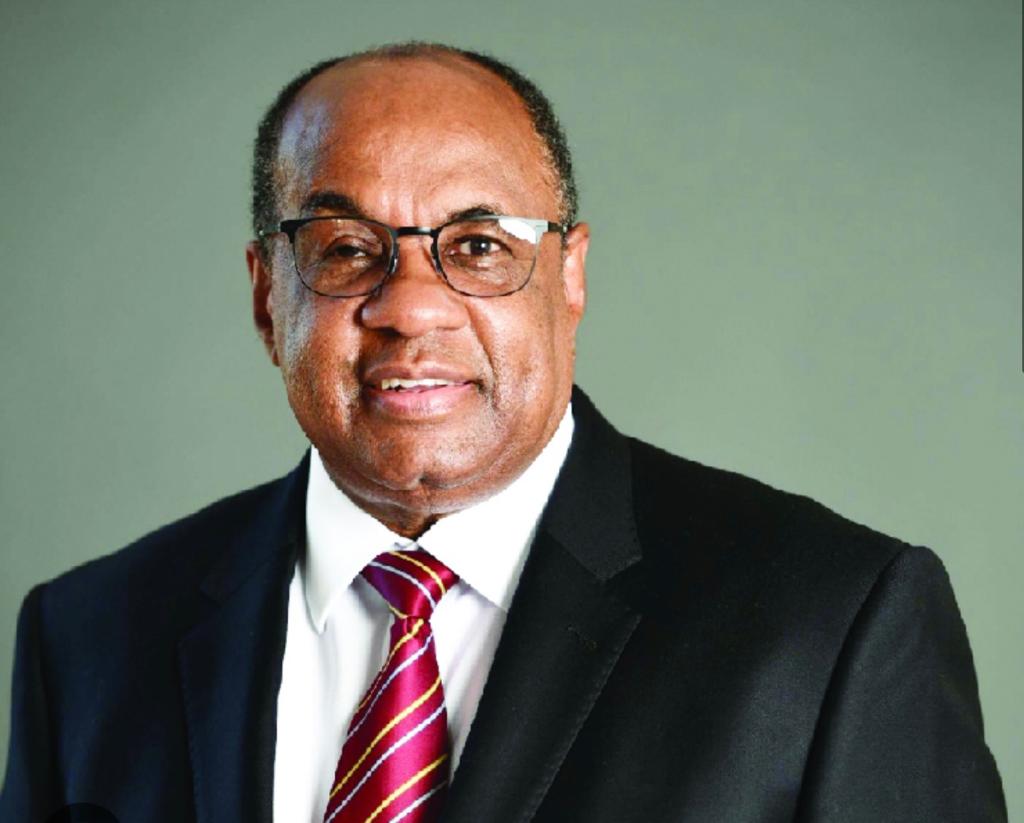In a widely anticipated move, the Bank of Namibia (BoN) yesterday announced its decision to maintain the repo rate at 7,75%, maintaining the prime lending rate 11,5%.
Central bank governor Johannes !Gawaxab said the decision was taken following a review of domestic, regional and global economic developments, including maintaining the currency peg with South Africa, of which the repo rate currently stands at 8,25%.
!Gawaxab said Namibia’s annual inflation rate averaged 6% during the first 10 months of 2023, slightly up from 5,9% during the corresponding period in 2022.
“The increase in consumer price inflation was primarily shaped by the rise in the food, housing and miscellaneous goods and services components,” he said.
Theo Klein, an economist at Oxford Economics Africa, yesterday expressed little surprise at the decision, citing several factors contributing to the status quo.
He highlighted that the private sector’s uptake of credit remains significantly below its long-term average.
Klein said potential inflationary spikes are on the horizon based on several looming factors, including a weak rand exchange rate, escalating global oil prices and soaring food prices.
Oxford Economics Africa’s forecasts are alarming, predicting global Brent crude prices to surge in the coming quarters, hitting an average of US$86,28 per barrel in the first quarter of 2024, and averaging US$84,40 per barrel throughout 2024.
Klein said these projections, combined with a forecasted weaker rand/US dollar exchange rate of N$18,81 in 2024, are poised to unleash a wave of fuel price hikes.
The economist also emphasised the impact of El Niño weather conditions on agricultural output, predicting a reduction that would sustain high food import requirements, further fuelling inflationary concerns.
“That being said, we expect the Bank of Namibia to keep rates unchanged at current levels until the third quarter of 2024.
We expect the same in South Africa, as the Reserve Bank assesses new risks to inflation,” Klein said.
Looking ahead, Oxford Economics Africa foresees a potential 25 basis point rate cut in the fourth quarter of 2024, bringing the repo rate down to 7,50%.
Further down the line, a more significant 75 basis point cut is forecast for 2025, potentially reducing the repo rate to 6,75%.
THE CASE OF AFRICA
Oxford Economics Africa said during 2023 African currencies experienced strong depreciatory pressures, owing to tighter global financial conditions, adverse movements in the balance of payments, self-fulfilling perceptions of hard-currency liquidity constraints, and risk aversion.
Klein said in light of both external and idiosyncratic drivers of currency depreciation, African monetary policy responses with a strict focus on interest rate increases yielded little support.
“We ascribe this to the structure of the current account, which is dominated by the goods trade channel, and the relatively small benefit that can be derived from attracting portfolio inflows via positive real interest rates,” he said.
Managing inflation expectations becomes even more pressing in the context of underdeveloped monetary policy transmission mechanisms, Klein said.
“Instead of solely relying on interest rate adjustments, effective communication about the true nature of inflationary pressures and the associated expected duration of these pressures can go a long way in managing citizens’ expectations and in preventing second-round inflationary effects,” he said.
Stay informed with The Namibian – your source for credible journalism. Get in-depth reporting and opinions for
only N$85 a month. Invest in journalism, invest in democracy –
Subscribe Now!








